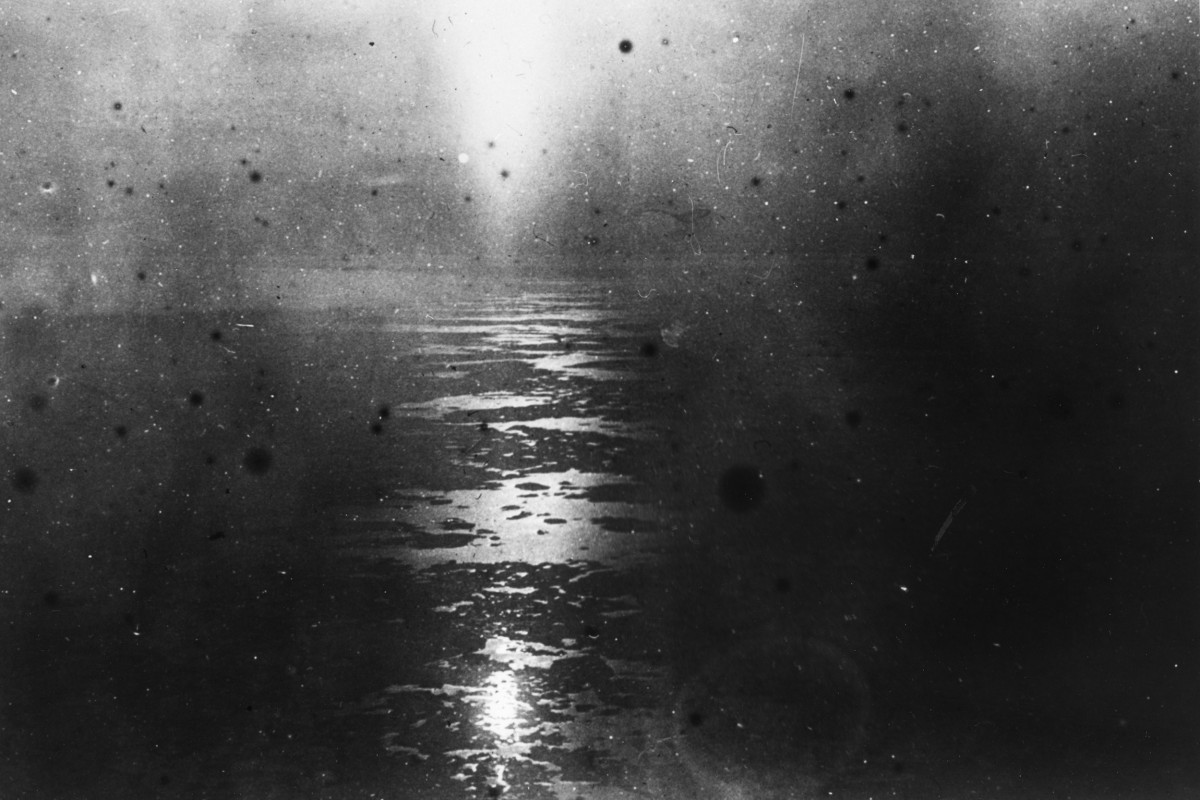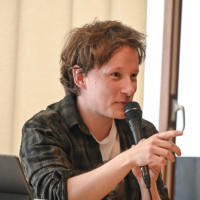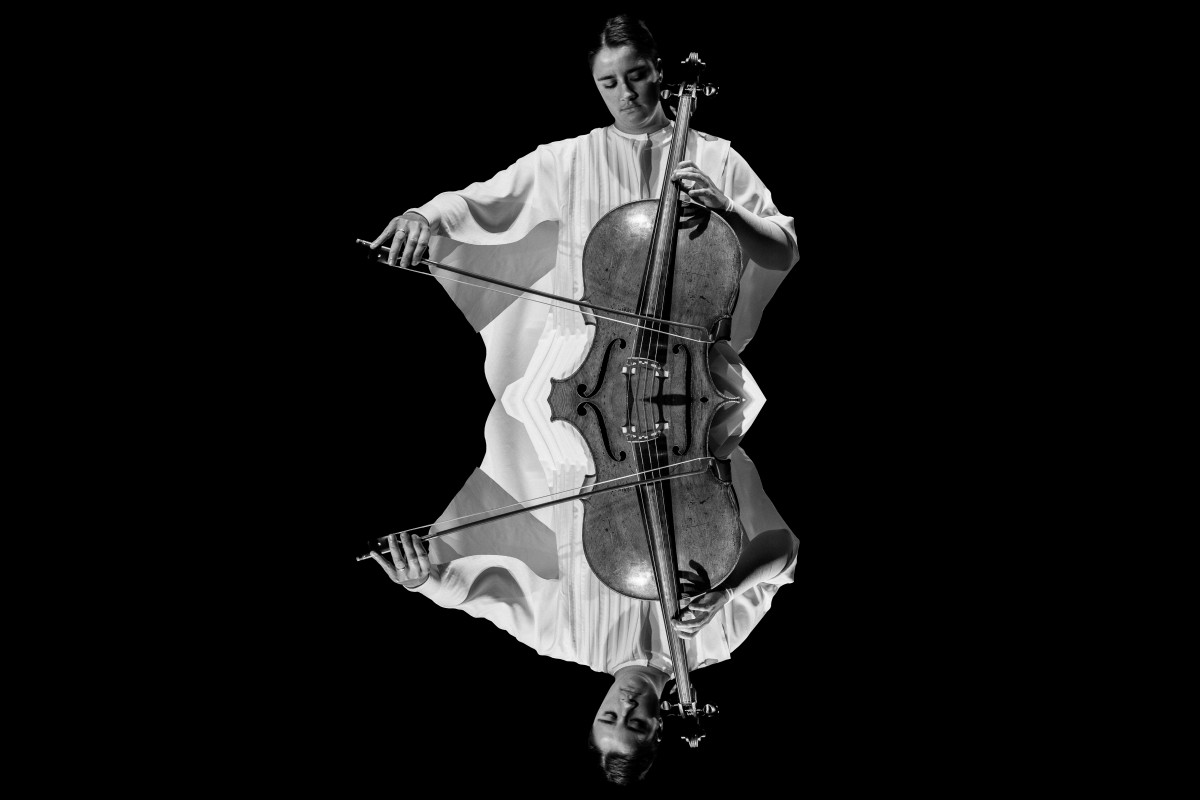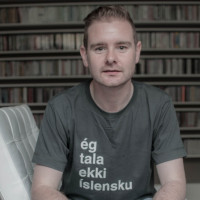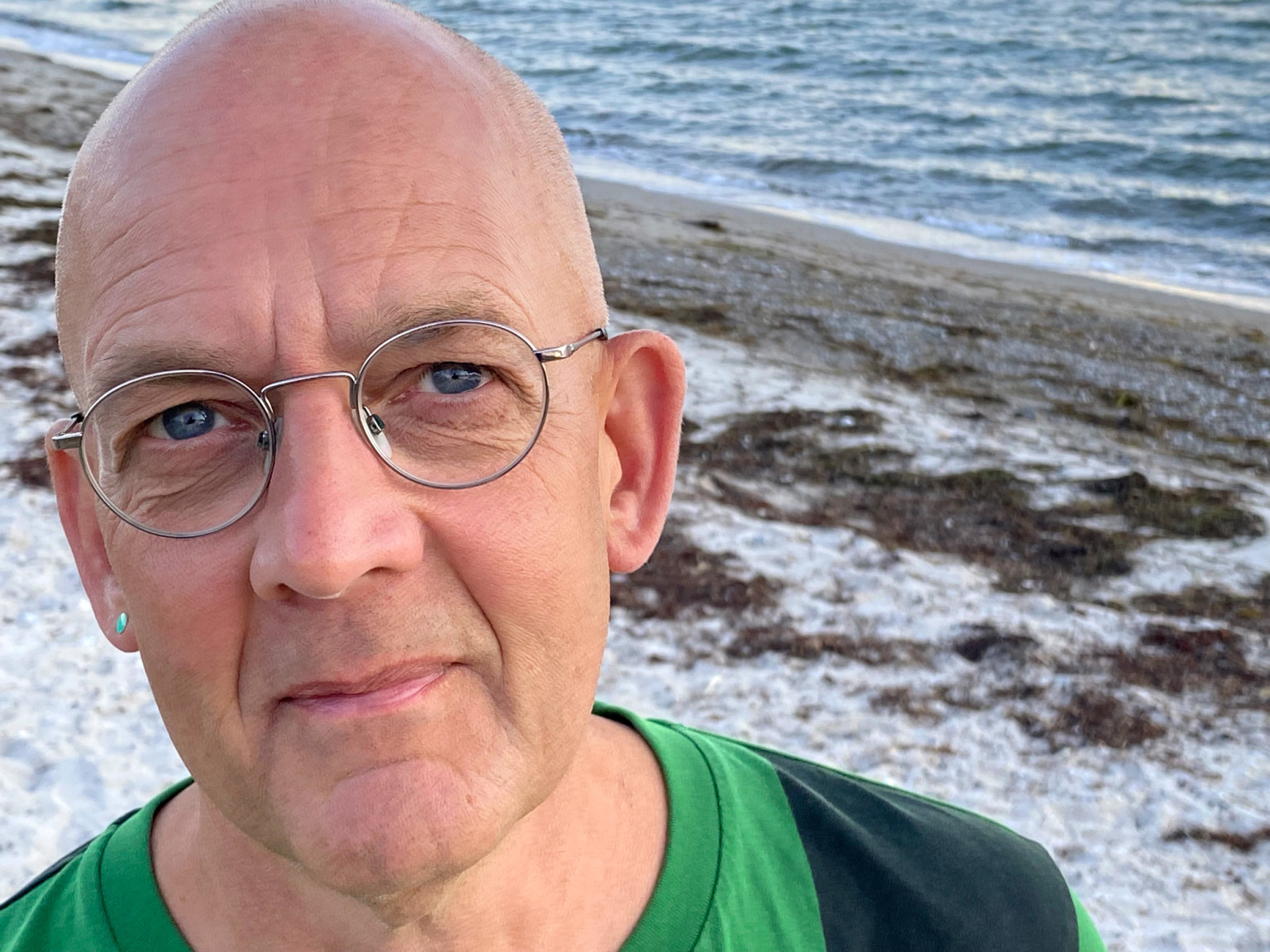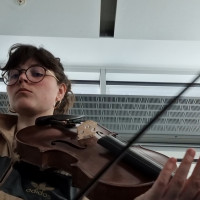På sit nye album, Snowblind, vender Jacob Kirkegaard blikket væk fra afsløringer af vores omverdens skjulte lyde for i stedet at skildre et psykologisk drama. Afsættet: den svenske polarfarer Salomon August Andrée, der i 1897 satte kurs mod Nordpolen i luftballon, en dumdristig færd, der kostede ham selv og to andre livet – forblændet af sne og jagten på berømmelse.
I løbet af 11 isnende tableauer tegner Kirkegaard et portræt af den ængstelighed og tvivl, svenskeren må have følt, da ballonen styrtede ned på pakisen øst for Svalbard. I to måneder fortsatte de tre til fods, inden de nåede den øde ø Kvitøya – og døde få uger efter, muligvis forgiftet af underkogt isbjørnekød. Da havde naturen for længst afsløret sin fjendtlighed.
Det hører man på Snowblind. Først letter ballonen i en luftstrøm, der balancerer elegant på kanten af omklamrende mørkesynth og hjertebanken, mens en metallisk skurren a la heroisk elguitar subtilt signalerer tvivlen: Var Andrée helt eller skurk? Kort efter lander vi så i et stort ingenting af strøget metal. Granatchokket bliver til skælmske, svampede fodspor af synth, mens desperationen og hallucinationerne vokser: Var det et skibshorn, jeg hørte, en redningskrans?
Men nej, stilheden vinder, isvandet rasler som et sultent uhyre, det hårdkogte psykologiske drama levner ingen plads til håb, kun en chance for at stirre sit endeligt i øjnene. Havde Kirkegaard været en rigtig grum portrættør, kom vi endnu længere ned i mørket og desorienteringen, men hans letsvævende ambiens sætter nu også spor i sneen.

